 [By Debbie Maimon – Yated Ne’eman]
[By Debbie Maimon – Yated Ne’eman]
Beginning September 24, the justices of the Supreme Court of the United States have been meeting to decide which cases to add to their docket for October. Tens of thousands watching developments in the Rubashkin case are hopeful that Rubashkin vs. The United States is selected for review.
Rubashkin’s “cert petition,” filed in April, asked the Supreme Court to grant him a new trial or to shorten his draconian 27-year sentence.
For friends and supporters, the Rubashkin case is about one of the most malignant miscarriages of justice in recent times. Those who have closely followed the case know it is about how a mix of powerful adversaries and government officials deftly manipulated the law in order to destroy a good man, and put him away for life.
For countless others, the case is much larger than the appalling cruelty meted out to a particular individual. It is emblematic of disturbing and far-reaching issues affecting the country as a whole.
The Rubashkin saga, legal experts say, puts on display the vast unchecked power of federal prosecutors bent on winning convictions, and deeply flawed federal sentencing guidelines that lead to wildly inflated penalties.
The Supreme Court is currently in a position to address these burning issues through the vehicle of the Rubashkin case.
THE SCREENING PROCESS
About ten thousand “cert petitions” (writs of certiorari) asking the Supreme Court for a review are filed each year, yet only a fraction of these are accepted.
About 80 per cent are formally rejected when the justices convene for the selection process. Only the slimmest per cent of the remaining petitions are accepted for review, and put on the calendar for the upcoming Supreme Court term.
The screening process begins months before the justices actually meet. Soon after they convene on September 24, they take care of the first order of business–compiling and releasing a list of the rejected cases. It is obviously not good news to find oneself on that early-release list.
The fate of the other cases is then decided during private conferences at which only the nine Supreme Court justices are present. Cases are discussed one after another and put to a vote. Four votes are necessary for a case to be included in the Supreme Court docket. The chief justice is the first to cast his vote, followed by the other justices in order of seniority.
Controversial cases that stir up debate among the judges are often kept on the “conference list” and discussed at later meetings until a vote is finally taken on whether to grant the writ of certiorari. By the first of October, the selection process is complete.
SUPREME COURT NOT INTERESTED IN INJUSTICE
“My sense is that the Rubashkin case is among the 20 per cent that are now in the process of being decided,” said Rubashkin attorney Nathan Lewin in an interview with Yated. “It’s clear that the issues the case raises have broad relevance. They are not narrow interests belonging to a single religious or ethnic group.”
Lewin, who along with acclaimed attorney Paul Clement, filed the cert petition, emphasized that six prominent legal organizations had filed amicus briefs supporting the petition, and that if anything would boost the case’s chances of being heard, it would be these respected voices.
“Injustice alone, no matter how severe, is not going to sway the judges in favor of hearing a case,” Lewin explained. “The Supreme Court is not looking for opportunities to correct injustice. What interests the judges are cases that offer a vehicle to define general legal principles that are important for the country. We feel the Rubashkin case offers this opportunity.”
Asked if had a message for the Jewish community at this time, Mr. Lewin referred to the coinciding of the Supreme Court conference with the yemai ratzon. “This is the time of year when Hakadosh Boruch Hu is especially close and wants to grant rachamim…Let us hope the Supreme Court will see the merits of this case… I say this not because it’s a so-called ‘Jewish case,” not because it’s about a religious man with a beard, but because of its very serious implications for the country.”
The renowned attorney said the case holds special interest because of key issues raised in the appeal that highlight conflicts between different circuits. The main conflict is over the issue of newly discovered evidence that a trial was fundamentally unfair, which formed the basis of Sholom Mordechai’s appeal to the 8th Circuit in September 2011.
The motion was based on FOIA revelations that the trial judge had been deeply involved in the planning of the ICE raid that led to Sholom Mordechai’s arrest, and failed to disclose this. With her neutrality thus compromised, she should have recused herself as the law requires, the appealed argued. Failure to do so are grounds to vacate the trial.
The 8th Circuit disagreed. They ruled that the appearance of partiality on Judge Reade’s part failed to invalidate the trial because it didn’t offer proof of the defendant’s innocence.
Rubashkin’s attorneys rejected that line of reasoning as a complete misreading of the law, in addition to being irrational. (How can a defendant’s innocence or guilt be determined if the trial itself is a sham?) They urged the Supreme Court to resolve the conflict between circuits over how to interpret a law that cuts to the very heart of one of our most cherished freedoms–the right to a fair trial.
WITH LIBERTY AND JUSTICE FOR ALL?
The case raises also raises troubling questions about federal sentencing guidelines which most legal minds agree are badly in need of reform.
The cert petition noted the sad irony that Sholom Mordechai’s sentence would have been vacated had his appeal been heard by the Third, Sixth and Seventh Circuits, where decisions have made it clear that a judge must respond to serious arguments for a lowered sentence.
Judge Reade refused to do this, and the 8th Circuit whitewashed that refusal.
In Delaware; New Jersey; Pennsylvania; Kentucky; Michigan; Ohio; Tennessee; Illinois; Indiana or Wisconsin, Judge Reade’s sentence would have been thrown out, the attorneys attested. But since the 8th Circuit had jurisdiction over the case, Sholom Rubashkin remains condemned to a virtual life sentence.
Essentially, his fate is being determined not by law but location, the attorneys protested.
This injustice, said attorney Paul Clement in a just-released documentary that explores prosecutorial power and “runaway” sentencing, “is exactly what the sentencing guidelines were designed to prevent.”
“They were designed,” he said, “to avoid a world where your sentence was going to be dictated virtually by what courtroom you walked into and which judge you had.”
“Sholom Rubashkin was given an unusually harsh sentence for his actions. In my entire career,” Clement said earlier in a statement to the press, “I cannot recall a similar instance of harsh punishment for a non-violent, first-time offender with a long record of charitable service to his community.”
Rhetorically addressing the 8th Circuit for its failure to recognize the “eye-popping” disparity of Rubashkin’s sentence, Clement posed this question: “If the judges [in other circuits] are saying the guidelines are too high, and since he’s a first time offender or because he’s not likely to recidivate, we’re going to depart downward, why aren’t you [judges of the 8th Circuit] doing that here?”
Lack of uniformity in the law, and the appearance of judicial bias against a defendant by the judge erodes respect for the justice system, legal experts say. It boosts the perception that laws are manipulated to conform to the whims of a particular judge or prosecutor, and one cannot expect fairness from the system.
FOR JEWS ONLY
The Rubashkin case has raised other burning issues. An especially odious feature of the case was the denial of bail prior to the Rubashkin trial in a ruling that smacked of religious discrimination. The ruling, based on the presumption that as a Jew, Sholom Mordechai might try to avoid prosecution by fleeing to Israel, was seen as a slur on American Jews as a group.
It took over two months, during which Sholom Mordechai remained incarcerated, before this ruling was overturned and he was released on bail (prior to trial). Precious time needed to prepare his defense was squandered by this wrongful incarceration.
“The hallmark of our system is our judicial system in that everyone gets a fair trial,” said Clement. “Our judicial system ought to be the gold standard…It ought to be something that the public has confidence in.”
For anyone acquainted with the facts of the Rubashkin case thus far, “confidence in the judicial system” does not quite capture the prevailing sentiment. Will the Supreme Court’s decisions beginning September 4 change that? We will soon know.
A Message From Sholom Mordechai Rubashkin
At The Core Of Hester Ponim: “Onochi”
Baruch Hashem, our year started with our tefillos to Hashem Yisborach for a shonoh tovoh u’mesukoh, in both the physical and spiritual sense.
Here, too, in this place of darkness within darkness, with the help of four Yidden who had the mesiras nefesh to come into such a cold dark region for yom tov, we were able to be mispalel with a minyan and kriyas haTorah, baruch Hashem. And with tekiyos that surely went straight up to our Father in Heaven.
We pleaded with Hashem to redeem Yaakov Yehudah ben Shaindel and Yonoson ben Malka. We davened that each and every Yid in prison, no matter where or what kind of prison, should be granted his personal redemption.
I WILL UTTERLY CONCEAL
The concealment of kedusha in this place called prison is described in the posuk in this week’s parsha, “Ve’onochi haster astir ponai bayom hahu, I will utterly conceal my face on that day.”
The doubling of the word “conceal” is explained by the Baal Shem Tov to mean that the “concealment” itself will be concealed. It will be so deep and penetrating, it will not even be felt as concealment but will appear to be the normal state of things.
The concealment will even reach a point where it is perceived as its very opposite, as in darkness being called light.
When there is such a great concealment, Hashem is telling us that this comes from “Onochi,” the name of Hashem that signifies a very high form of Divine revelation, higher than that symbolized by His other names.
ONLY HASHEM COULD PRODUCE SUCH INTENSE CONCEALMENT
“Onochi haster astir ponai” means that only the Aiber-shter Himself has the power to hide the light of Hashem to such a degree that darkness is called light. This reversal is so beyond the natural order that only Hashem can make such a transformation in which darkness is distorted into light, and evil is called good.
The darkness and concealment is so thick it envelops everything. But when we recognize from where this deeper-than-deep concealment is coming from, we are lifting the veil on the presence of “Onochi, ” even in a place that seems totally devoid of Hashem’s presence.
That explains the great hidden brocha in the posuk that appears on the surface to be a terrible punishment and curse.
It’s as if Hashem is telling the Yid that when he sees a concealment-within-concealment–total absence of ruchniyus–a Jew needs to know that it is all being orchestrated by Onochi. Do not allow yourself to be fooled into thinking that there is any force outside Hashem’s will that that can cause this concealment.
The pasuk is telling us, hold firm in your bitachon in Hashem that He Himself will take you out of your tzoroh. Tracht gut vet zain gut. Bitachon causes the hidden good to be revealed good. That is essentially the whole purpose of our avodas Hashem; to reveal the hidden good and the kedusha of Hashem for ourselves and all the nations to see.
TESHUVA BREAKS THORUGH HESTER PONIM
This may be the reason we read this particular parsha in the aseres yemai teshuvah. Teshuvah has a unique power to transform zedonos, deliberate sins, into the very opposite, zochiyos. How fitting to use the koach of teshuva to break through the veil of hester ponim so that a yid can see the Onochi, and rejoice in his knowledge of Hashem’s presence even in the pit of darkness. One transforming force uncovering another one.
As we learn in Shaar Habitochon, we are supposed to take steps to influence events in our favor, not because these steps actually accomplish anything but because that is what Hashem wants. But instead of putting our trust in our own efforts or the efforts of others, we are to depend exclusively on Hashem. Only He is capable of producing results, and rescuing us from our tzoroh.
Yehi rotzon that Hashem reveal Himself fully within the darkness and double concealment, with the geulah for all Yidden with Moshiach Tzidkeinu. And may He grant each and every Yid a gmar chasimah tova, with revealed good.


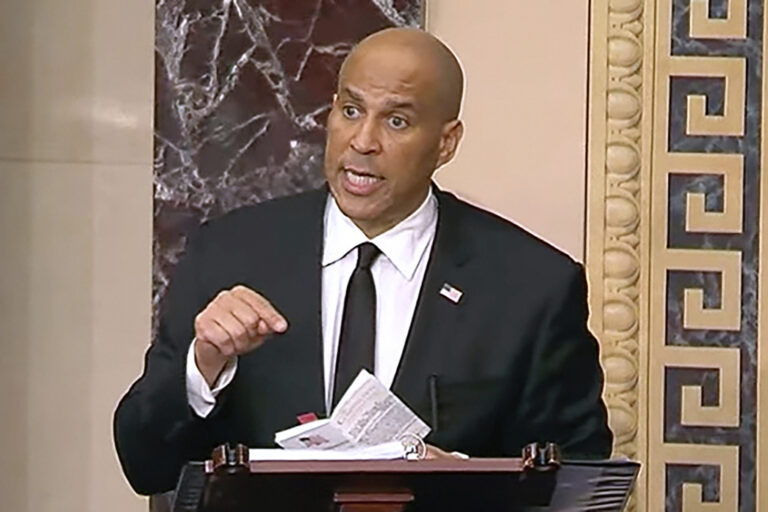
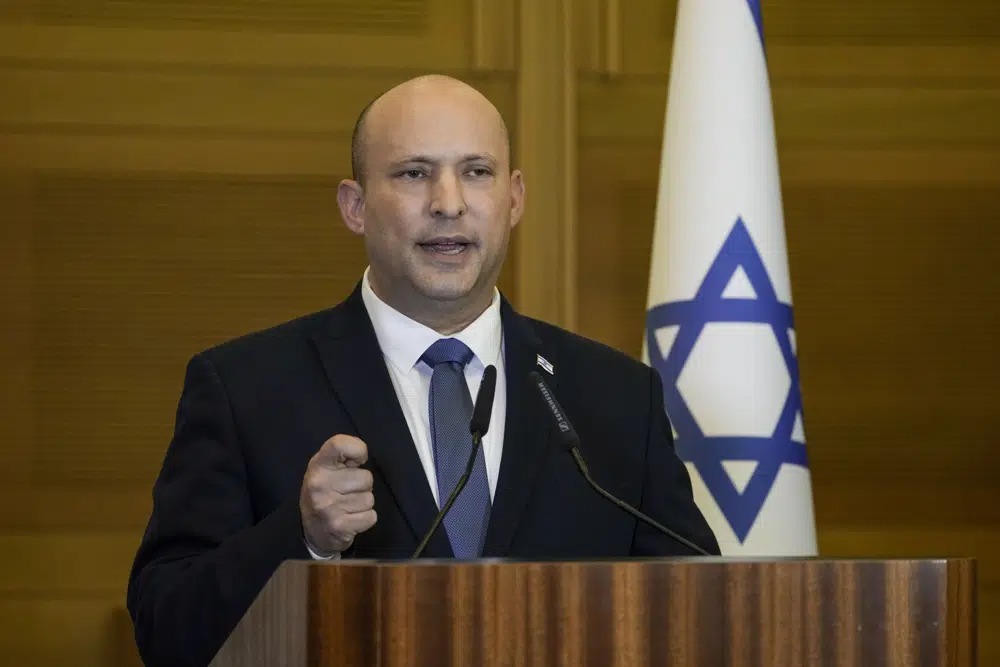
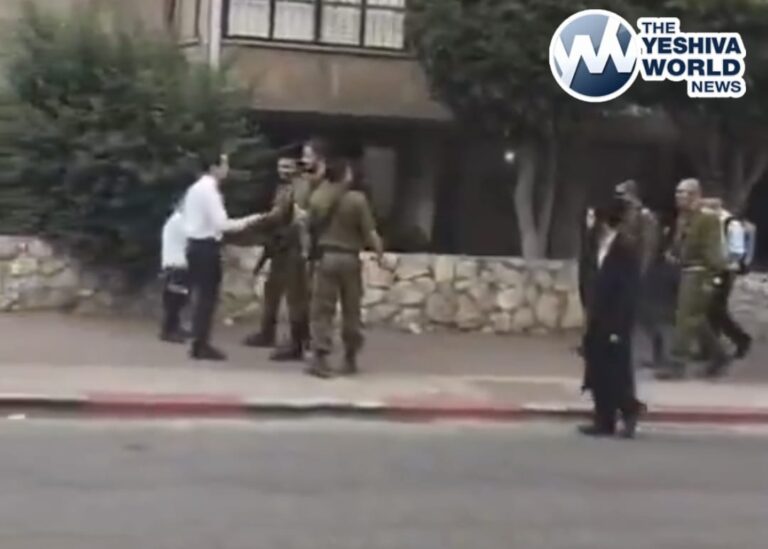
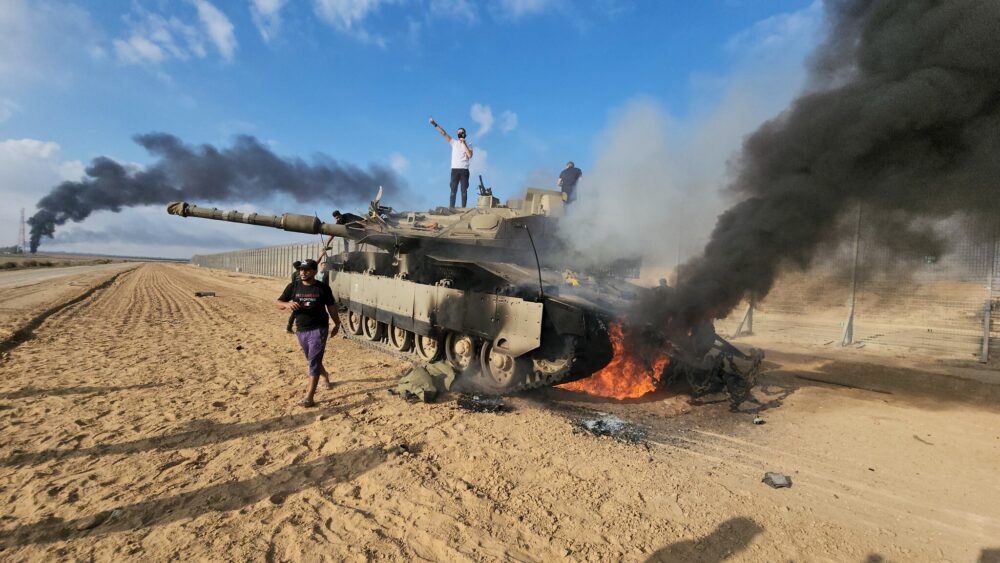

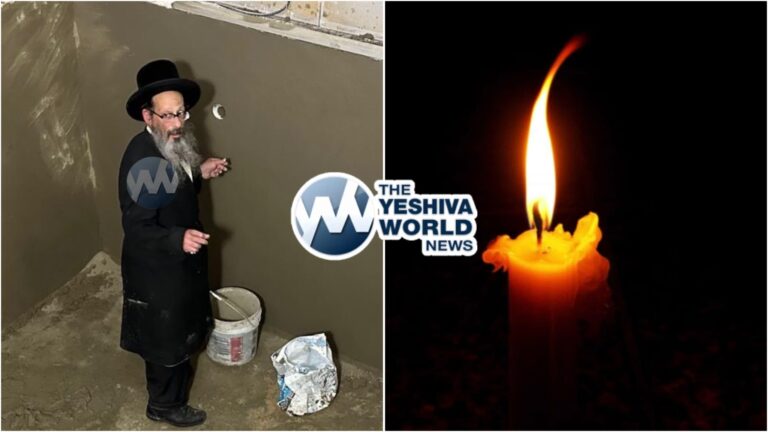
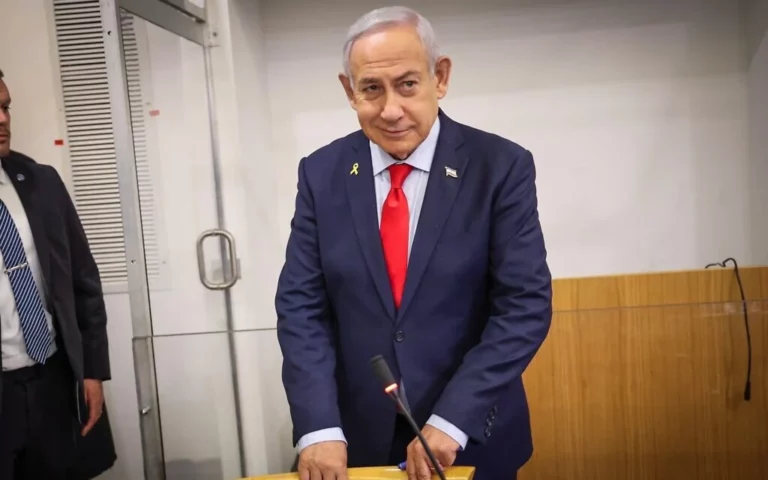
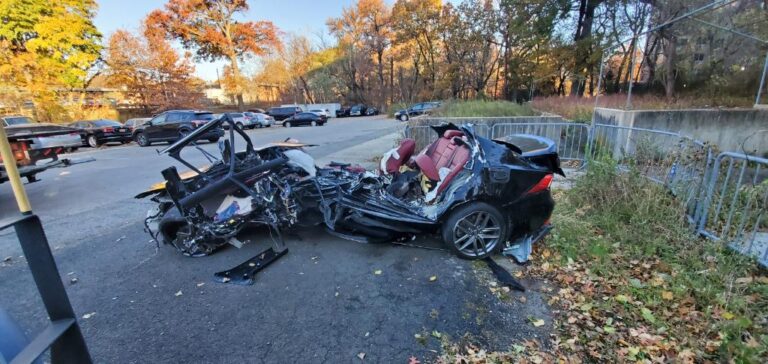
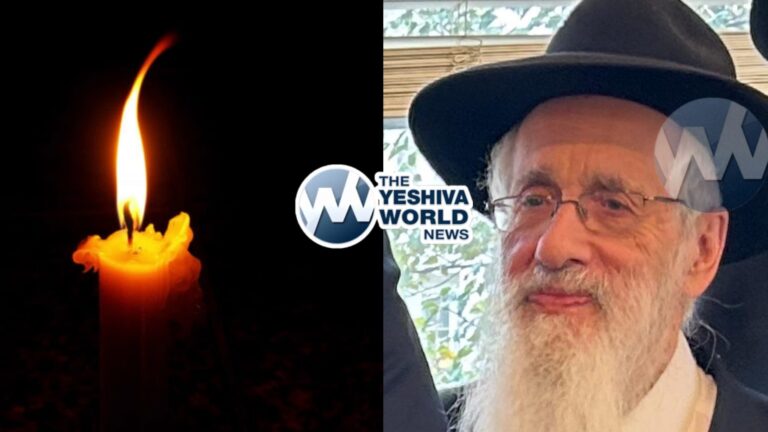
One Response
LETS daven for him that he gets in for review